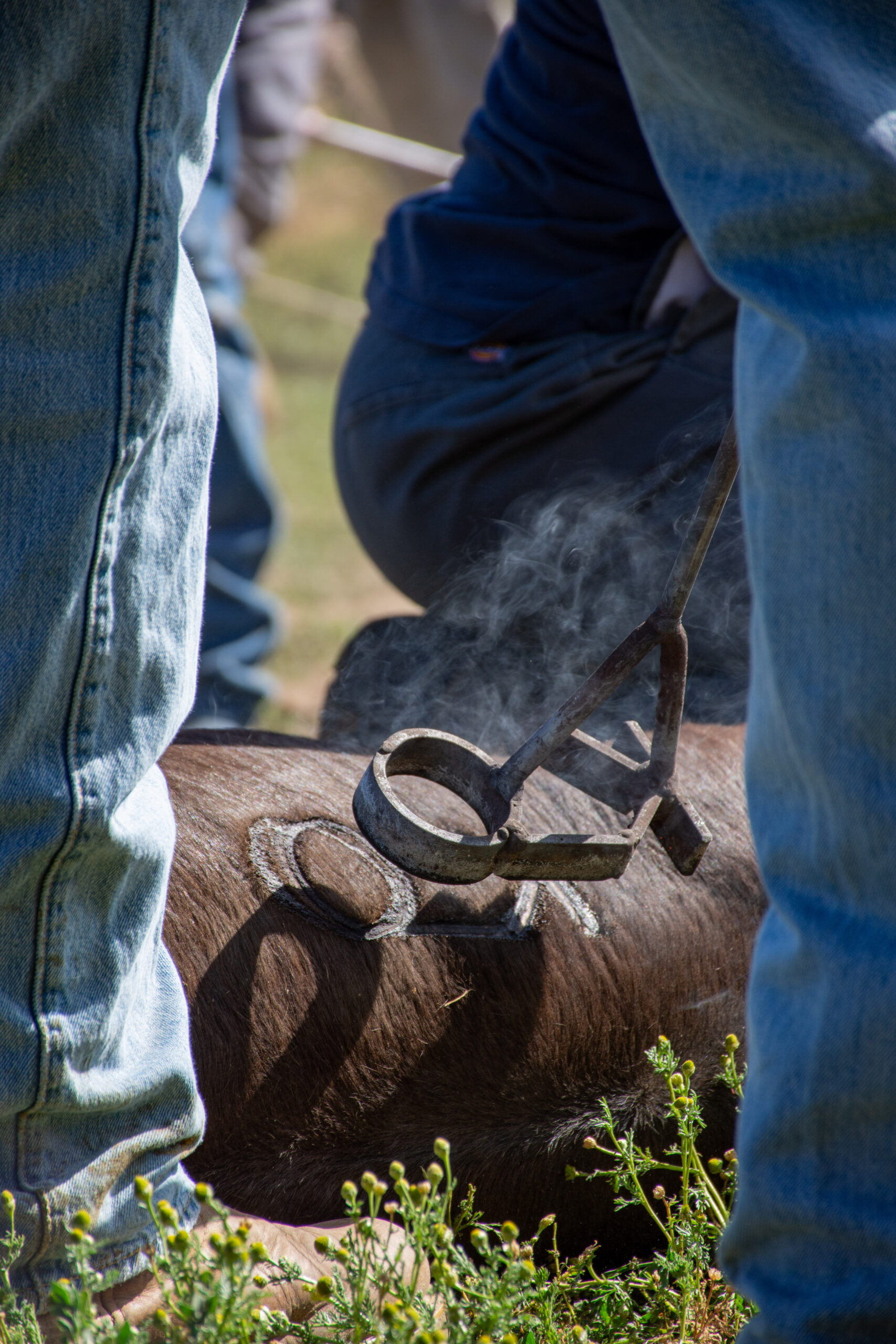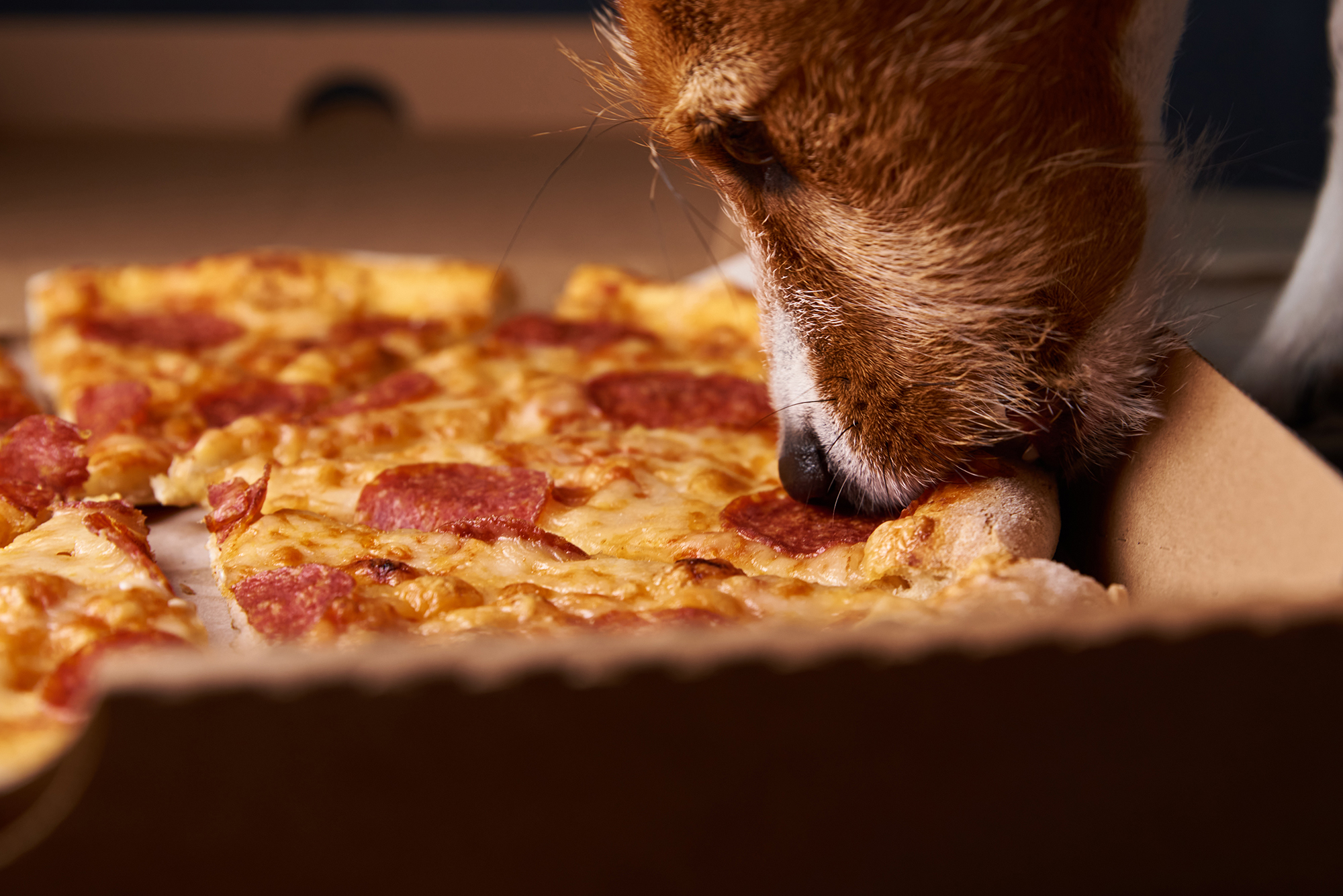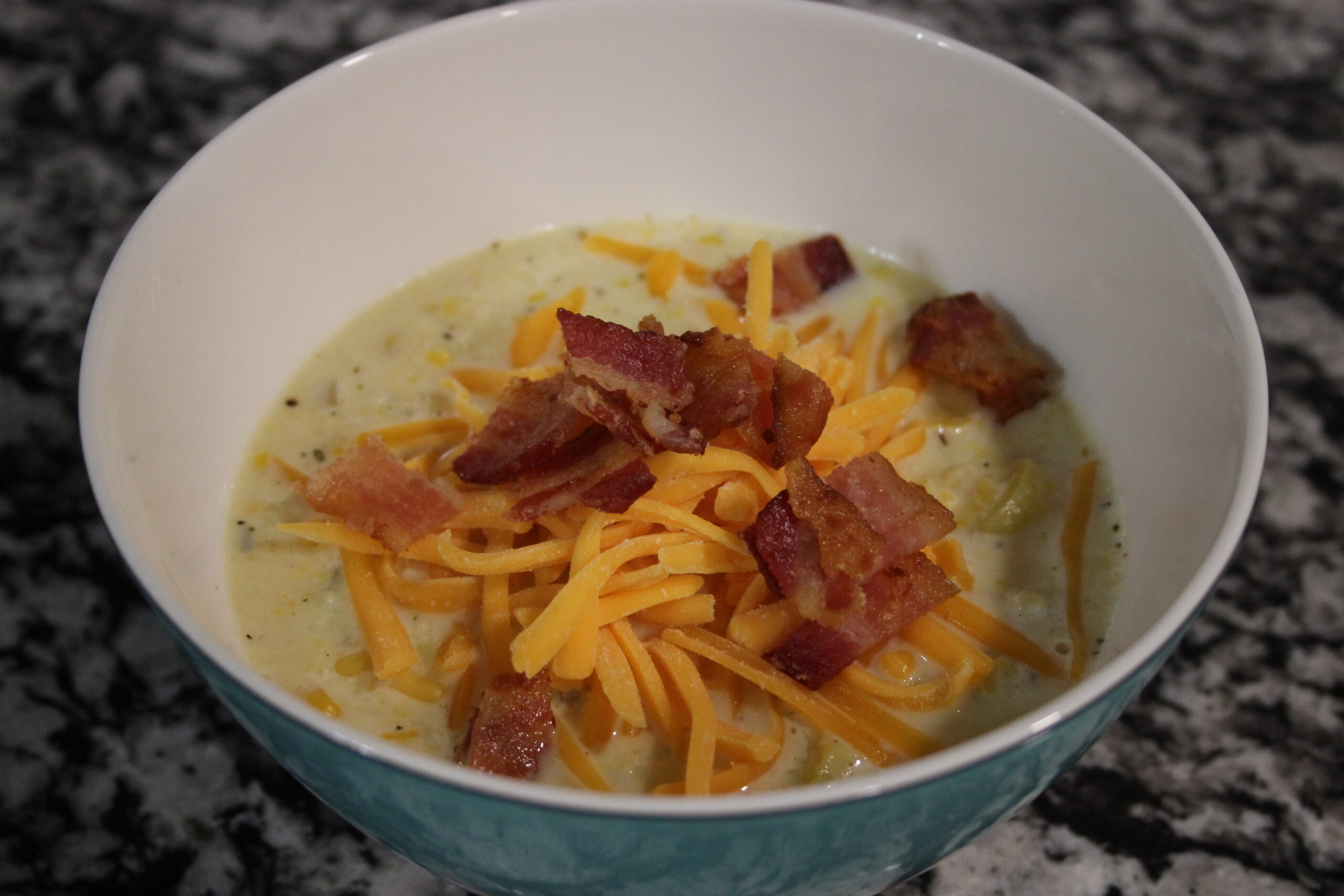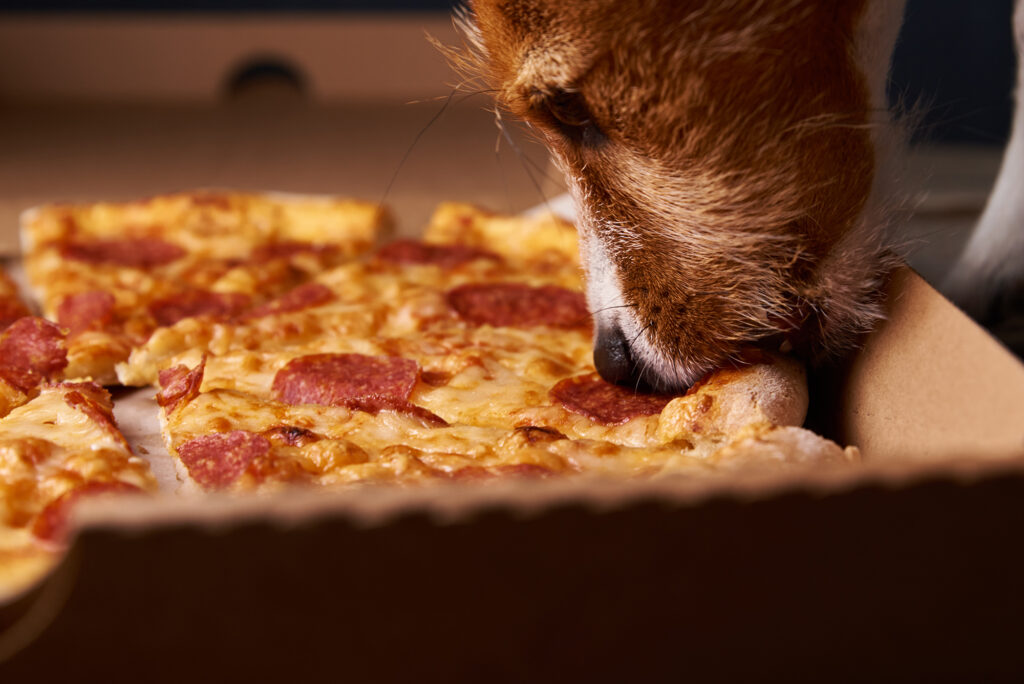Country Lifestyle
From Urban to Agriculture Advocate

An urban girl with no background in agriculture has won a prestigious award from a time-honored agricultural organization.
Gabby Barber was a member of the Lawton FFA Chapter located in Lawton, Oklahoma. Though FFA and agriculture is a core foundation of Oklahoma, said Lindsey Hoerbert, a Lawton FFA adviser. Barber had no knowledge or understanding of either until she was in the eighth grade, she said
During her five years of involvement in FFA, the once misinformed and uninvolved consumer transformed into not only an advocate for agriculture but a national champion within the FFA organization.
In October 2019, Barber earned the National Championship Agricultural Communications Proficiency award.
“Gabby is not what many think of when they hear FFA member,” Lindsey said. “She is a non-traditional [Oklahoma] FFA member. She grew up in town walking on the sidewalks to school. She isn’t an exception in our chapter. She is the [norm].”
Lawton is an urban area, Hoerbert said. The city’s population is more 150,000 people so this chapter is not a traditional FFA chapter for Oklahoma, she added.
The majority of the FFA chapter is comprised of urban students, Hoerbert said.
“I started FFA when I was in the eighth grade,” Barber said. “There was an ag exploration class, and my cousin Hannah showed sheep and was involved in FFA, so I thought I would give it a try. I thought showing animals was all you could do in FFA.”
As an eighth-grader, she was timid and shy, Hoerbert said. She was placed in an agriculture class she didn’t know much about, Hoerbery added.
“Of course, over time, Gabby bloomed with opportunity,” Hoerbert said. “She is an amazing public speaker and communicator. Gabby is really good at spreading the word of agriculture, whether it is the education aspect, what agriculture does, or the sustainability side.”
Barber said her agriculture teacher was the driving force kept her in FFA.
“The first day of class my ag teacher asked if I wanted to do prepared public speaking,” Barber said. “I said sure, thinking I would give a speech at a banquet or something. I had no idea it was a contest.
“I fell in love with it and kept doing it and kept adding on more things,” Barber said. “I started to realize I could really belong, and I found my place in FFA.”
Barber did not show animals during her time in FFA, but instead she focused her time on the communications for the chapter and other organizations she was involved in, Hoerbert said. She started as the chapter reporter in 10th grade, Hoerbert added.
Her agricultural communications Supervised Agricultural Experience project and proficiency was with her completing the reporter book, Hoerbert said. Being the communication committee chair, Barber managed the public relations for the chapter, she added.
“For my SAE, I was in charge of the newsletter we did for my city and also the one for my school and district,” Barber said. “I focused on writing, speaking and photography within my SAE.”
In Lawton, no one was taking pictures of the livestock shows, Barber said. She had seen some of the bigger shows like Oklahoma Youth Expo and Tulsa State Fair, and they all had professional photographers, she added.
“I love taking pictures,” Barber said. “This was a given, and my ag teacher had some connections with people who ran the livestock shows.
“I didn’t have a camera at the time, but my ag teacher did,” Barber said. “She lent me hers, and I started taking pictures at our shows. Eventually, we got a really neat technology grant at my school to where we got three brand new cameras.”
Barber’s passion for photography inspired her FFA adviser to contact a livestock photography company, Final Drive Photograhy, said Dusty Oldenberg, co-owner of Final Drive Photography and a mentor to Barber.
“We are a livestock photography company based in Oklahoma, but we travel all over the country taking photos of livestock shows as well as the Oklahoma FFA State Convention,” Oldenberg said. “Because of all the connections, Gabby came to work for us after her ag teachers asked if she could come in and help us out.”
The objective of Final Drive photography is to bring in youth who want to take pictures and teach them about how to use a camera, deal with the public, and work in the industry, Oldenburg said.
“We usually have livestock kids who want to take pictures,” Oldenberg said. “So, it was kind of a whole new round for us and an eye opener for both Gabby and myself in the sense she had a different perspective of the industry she wanted to show.
“She wanted to show people you don’t have to be a traditional ag kid, you don’t have to show livestock to do this thing,” Oldenberg said. “I probably learned more from Gabby than she ever learned from me.”
Barber’s focus is to communicate how agriculture works and its importance to the public, Hoerbert said.
“She had never been to a livestock show until we started teaching her how to photograph livestock,” Hoerbert said. “She had never been to a ranch until she was probably a junior in high school when she was giving speeches about different animal agriculture topics.”
Barber has a gift of relating to the public and explaining all aspects of agriculture, Hoerbert said.
“She was very good with the public and her communication skills are second to none,” Oldenberg said. “She has a love for agriculture, even though she doesn’t have the background, and she is adamant about educating the consumer, and I think it is something we as traditional agriculturists lack. I’m going to put all of us in this category.
“As agriculturalists, we don’t do a good enough job educating the general population,” Oldenberg said.
Barber was great at putting her own spin on it, making sure to show a side of agriculture the general public would understand and relate to, Oldenberg added.
“Every person she came in contact with would leave fully educated about agriculture,” Oldenberg said.
Barber’s background gives her the unique opportunity to relate with all sides and explain the truth to the public, Barber said.
“Only about 2% of the population is involved in agriculture, so there are many who have been misinformed and misled,” Barber said. “I’m a scientist and an agriculturalist. I have the confidence and education to correct someone when they say something untrue about agriculture. My background and knowledge of science allows me to do this.”
Barber is going to school at Oklahoma State University to major in biochemistry and molecular biology, Oldenberg said.
“She wants to do research to create genetically enhanced trees that have a natural fire retardant,” Oldenberg said. “She is very passionate about it. Her education has always been extremely important to her.”
On top of achieving what she has and educating others, Barber has consistently focused on her education, Hoerbert said. Of the more than 300 kids in her class, Barber was valedictorian, Hoerbert added.
“Even though she is not majoring in agricultural communications, she has a love and passion for agriculture,” Oldenberg said. “She will never stop advocating for agriculture, for us as farmers and ranchers, and educating the public about the truth.”
Barber has set the bar high for all FFA members, by proving non-traditional agriculture education students still have a place in FFA and anyone can make a difference in agriculture, Hoerbert said.
“Gabby and others like her are the future for agriculture,” Oldenberg said. “We as agriculturalists need to understand this, accept them, and help them.”
It is new era in agriculture, and it needs to continue to be recognized if agriculture is going to survive, Hoerbert said.
“We need more Gabbys in agriculture,” Oldenberg said.
Read more in the March 2020 issue of Oklahoma Farm & Ranch.
Country Lifestyle
Riding for the Brand

By: Christopher Dysinger
According to the Code of the West a man who has integrity is one who rides for the brand. If you are unfamiliar with cowboy parlance this phrase is used to describe being loyal to the outfit you work for. Cowboys were, “intensely loyal to the outfit they were working for and would fight to the death for it. They would follow their wagon boss through hell and never complain.” -Teddy Blue Abbot. Riding for the brand means being loyal and when I consider what it means to be loyal I am reminded of the words of the Lord Jesus to His disciples in Matthew 16:24, “Then said Jesus unto His disciples, If any man will come after Me, let him deny himself, and take up his cross and follow Me.” To me, to take up the cross and follow the Lord is the epitome of what it means to ride for the brand.
When you place your trust in the Lord Jesus you are signing on to His outfit, to speak the language of the West. When you called upon the name of the Lord Jesus by faith, He saved you and from this point you are riding for His brand. In taking up your cross and following Him you have pledged to be loyal, and this means you face any hardship or trial like a cowboy on the trail moving the herd. Any complaint must be swallowed in the same way you would swallow a cup of coffee. When I hear our faith and loyalty to the Lord Jesus put into these terms it stirs something within me that moves me to keep right on riding for the brand.
Louis L’amour wrote, “Riding for the brand was an expression of loyalty to a man’s employer or the particular outfit he rode for. It was considered a compliment of the highest order in an almost feudal society. If a man didn’t like a ranch or the way they conducted their affairs he was free to quit, and many did; but if he stayed, he gave loyalty and expected it. A man was rarely judged by his past only by his actions. Many a man who came west left things behind him he would rather forget, so it was not the custom to ask questions. Much was forgiven if a man had courage and integrity and if he did his job. If a man gave less than his best, somebody always had to pick up the slack, and he was not admired.” It is the same when a person gives his or her heart to Jesus.
When you come to the Lord Jesus you are not judged by your past. When you come to the Lord Jesus, repenting of sin and seeking forgiveness, everything from your past is left behind. All will be forgiven. 1 John 1:9 reads, “If we confess our sins, He is faithful and just to forgive us our sins, and to cleanse us from all unrighteousness.” When you place your faith in the Lord Jesus you are promising to be loyal and in return you will receive the same. He has promised that He will never leave us or forsake us. When you walk with the Lord Jesus through life you are indeed, “riding for the brand.”
“Riding for the brand” is not just an expression of loyalty nor is it just an expression of pride, it is also an expression of love. When a cowboy claims to be riding for the brand, he is telling any other outfit who may seek his loyalty, that he cannot give it, because he has given his word to another. It is the same when we pledge our faith and loyalty to the Lord Jesus. If any would call us away from Christ we cannot go, because we are riding for the brand.
The End
This article is an excerpt from the book, The Bible and the Code of the West by Dr. Christopher Dysinger.
Country Lifestyle
Farm Dogs & Table Scraps

What’s Safe and What’s Not?
Growing up on a farm, our dogs were tough. They roamed the pastures, slept under the barn, and ate just about anything they could get their paws on—whether we meant for them to or not. I’ll admit, I never thought twice when one of our old cow dogs snatched a biscuit off the table or licked up a spill from the barn floor. I’ve even seen a dog steal a whole rib bone off a plate and trot off like he’d won the lottery. And somehow, they always seemed fine.
But here’s the thing—just because they survived doesn’t mean it was safe. For every farm dog that lucked out, there’s another that wasn’t so fortunate. Some human foods can be downright toxic to dogs, and a little bit of bad luck (or a smaller, more sensitive dog) can turn a harmless snack into an emergency.
Common toxic foods lying around the farmhouse
If you’ve got a farm dog—or any dog, really—you need to be aware of the dangers lurking in everyday foods. Some of the biggest culprits include:
Chocolate – The darker it is, the worse it is. Even a little can cause vomiting, seizures, or worse.
Grapes & Raisins – No one’s exactly sure why, but they can cause kidney failure fast.
Onions & Garlic – In large enough amounts, these can destroy red blood cells, leading to anemia.
Xylitol (Found in Sugar-Free Gum & Candy) – This artificial sweetener can send a dog’s blood sugar crashing and cause liver failure.
Alcohol – Even small amounts can be deadly to dogs, affecting their nervous system much more than it does ours.
Bones from Cooked Meat – While not necessarily toxic, they can splinter and cause serious internal injuries.
Macadamia Nuts – These can lead to weakness, vomiting, and even paralysis in dogs.
What to do if your dog eats something toxic
First, don’t panic—but don’t ignore it either. If you know your dog ate something dangerous, call your vet immediately. They can tell you whether to induce vomiting or if it’s something that requires urgent care. If it’s after hours, contact the ASPCA Animal Poison Control Center (888-426-4435) or the Pet Poison Helpline (855-764-7661).
Prevention is always the best medicine, so keep toxic foods out of reach. That might mean keeping the trash can secured, making sure kids don’t slip the dog a treat under the table, or just being more mindful of what’s left on the counter.
Our farm dogs might have been lucky, but luck isn’t a great strategy when it comes to their health. A little awareness goes a long way in making sure they stay happy, healthy, and ready for the next day’s work.
For more information
ASPCA Animal Poison Control: www.aspca.org/pet-care/animal-poison-control
Pet Poison Helpline: www.petpoisonhelpline.com
Visit www.akc.org/expert-advice/nutrition/foods-your-dog-should-never-eat
Country Lifestyle
Summer Squash and Corn Chowder

By Lacey Vilhauer
Total time: 40 minutes
Servings: 6-7
Ingredients
- 6 slices bacon, cooked and crumbled and 1 1/2 Tbsp rendered bacon fat reserved
- 1 1/2 lbs yellow squash, chopped (about 3 medium)
- 2/3 cup thinly sliced celery
- 1 cup diced onion
- 1 Tbsp flour
- 2 cloves garlic, minced
- 2 3/4 cup milk (I used 1%)
- 5 cups canned or fresh cut corn (from about 6 ears corn), divided
- 1/2 cup heavy cream
- 1 1/2 tsp chopped fresh thyme (or 1/2 tsp dried)
- 3/4 tsp salt, then more to taste
- 1/4 tsp freshly ground black pepper, then more to taste if desired
- 3/4 cup shredded cheddar cheese, for serving
- Chopped green onion for garnish (optional)
Instructions
Heat 4 tsp reserved bacon fat in a large pot over medium-high heat. Add celery and onion and sauté 2 minutes then add the squash.
Saute until tender, about 6 minutes, adding in garlic and flour during last 2 minutes of sauteing. Reduce heat slightly.
Add 1 1/2 cups milk, 2 cups of the corn, thyme, salt and pepper to the sauteed veggies.
To a blender add remaining 3 cups of corn, remaining 1 1/4 cups milk and the cream. Process in blender until nearly smooth (about 30 seconds).
Add pureed mixture to pot and stir to blend. Cook until mixture reaches a light boil.
Serve warm with shredded cheese, crumbled bacon and sliced green onions if desired.
-

 Attractions8 years ago
Attractions8 years ago48 Hours in Atoka Remembered
-

 Country Lifestyle10 months ago
Country Lifestyle10 months agoJuly 2017 Profile: J.W. Hart
-

 Country Lifestyle9 years ago
Country Lifestyle9 years agoThe House a Treasure Built
-

 Country Lifestyle4 years ago
Country Lifestyle4 years agoThe Two Sides of Colten Jesse
-

 Outdoors7 years ago
Outdoors7 years agoGrazing Oklahoma: Honey Locust
-

 Equine8 years ago
Equine8 years agoUmbilical Hernia
-

 Outdoors5 years ago
Outdoors5 years agoPecan Production Information: Online Resources for Growers
-

 Farm & Ranch7 years ago
Farm & Ranch7 years agoHackberry (Celtis spp.)





